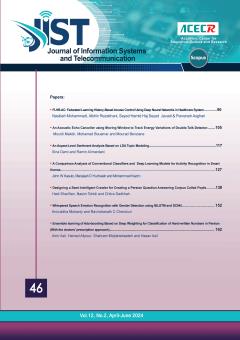A deep convolution neural network (CNN) is used to detect the edge. First, the initial features are extracted using VGG-16, which consists of 5 convolutions, each step is connected to a pooling layer. For edge detection of the image, it is necessary to extract informati
More
A deep convolution neural network (CNN) is used to detect the edge. First, the initial features are extracted using VGG-16, which consists of 5 convolutions, each step is connected to a pooling layer. For edge detection of the image, it is necessary to extract information of different levels from each layer to the pixel space of the edge, and then re-extract the feature, and perform sampling. The attributes are mapped to the pixel space of the edge and a threshold extractor of the edges. It is then compared with a background model. Using background subtraction, foreground objects are detected. The Gaussian mixture model is used to detect the vehicle. This method is performed on three videos, and compared with other methods; the results show higher accuracy. Therefore, the proposed method is stable against sharpness, light, and traffic. Moreover, to improve the detection accuracy of the vehicle, shadow removal conducted, which uses a combination of color and contour features to identify the shadow. For this purpose, the moving target is extracted, and the connected domain is marked to be compared with the background. The moving target contour is extracted, and the direction of the shadow is checked according to the contour trend to obtain shadow points and remove these points. The results show that the proposed method is very resistant to changes in light, high-traffic environments, and the presence of shadows, and has the best performance compared to the current methods.
Manuscript profile


